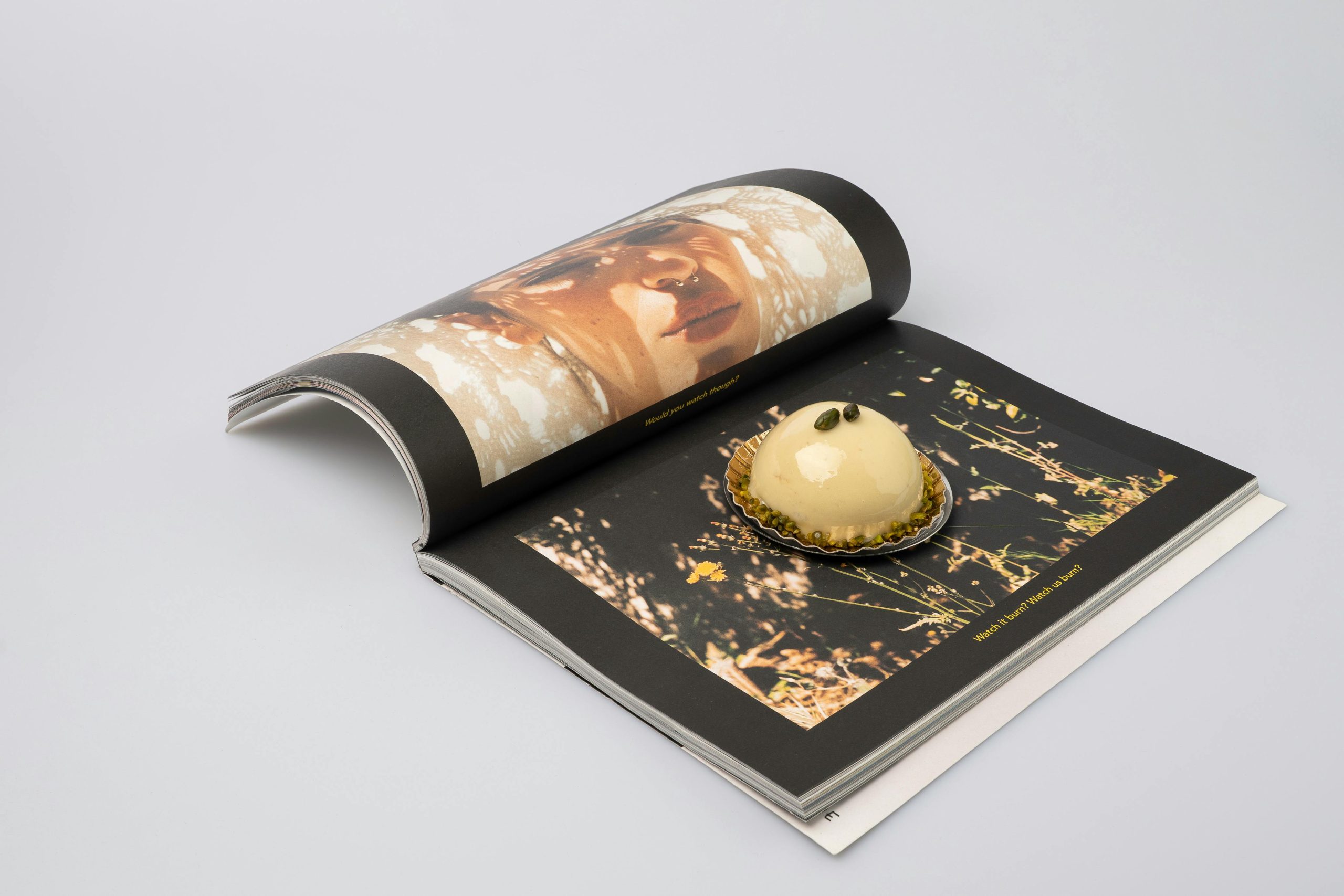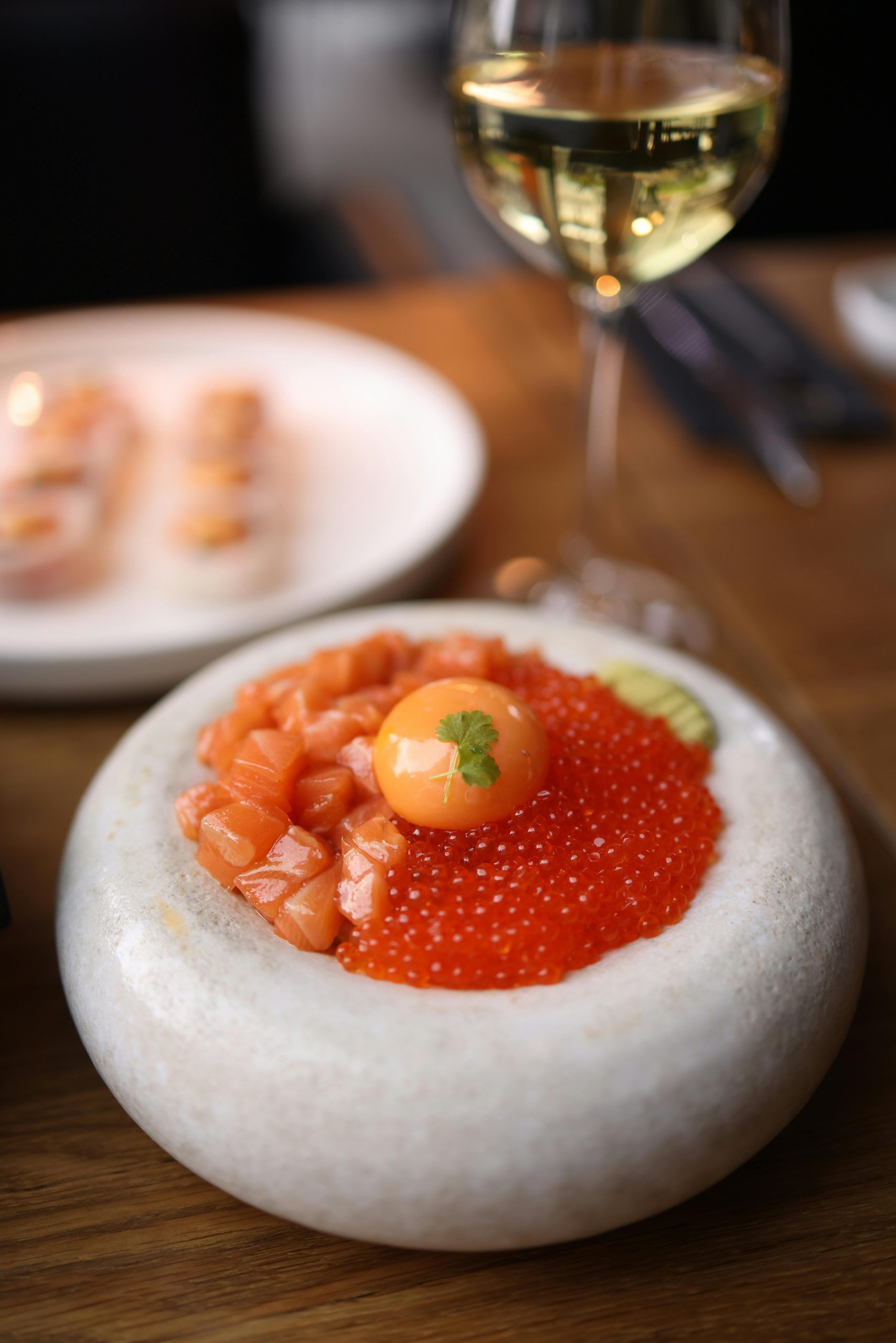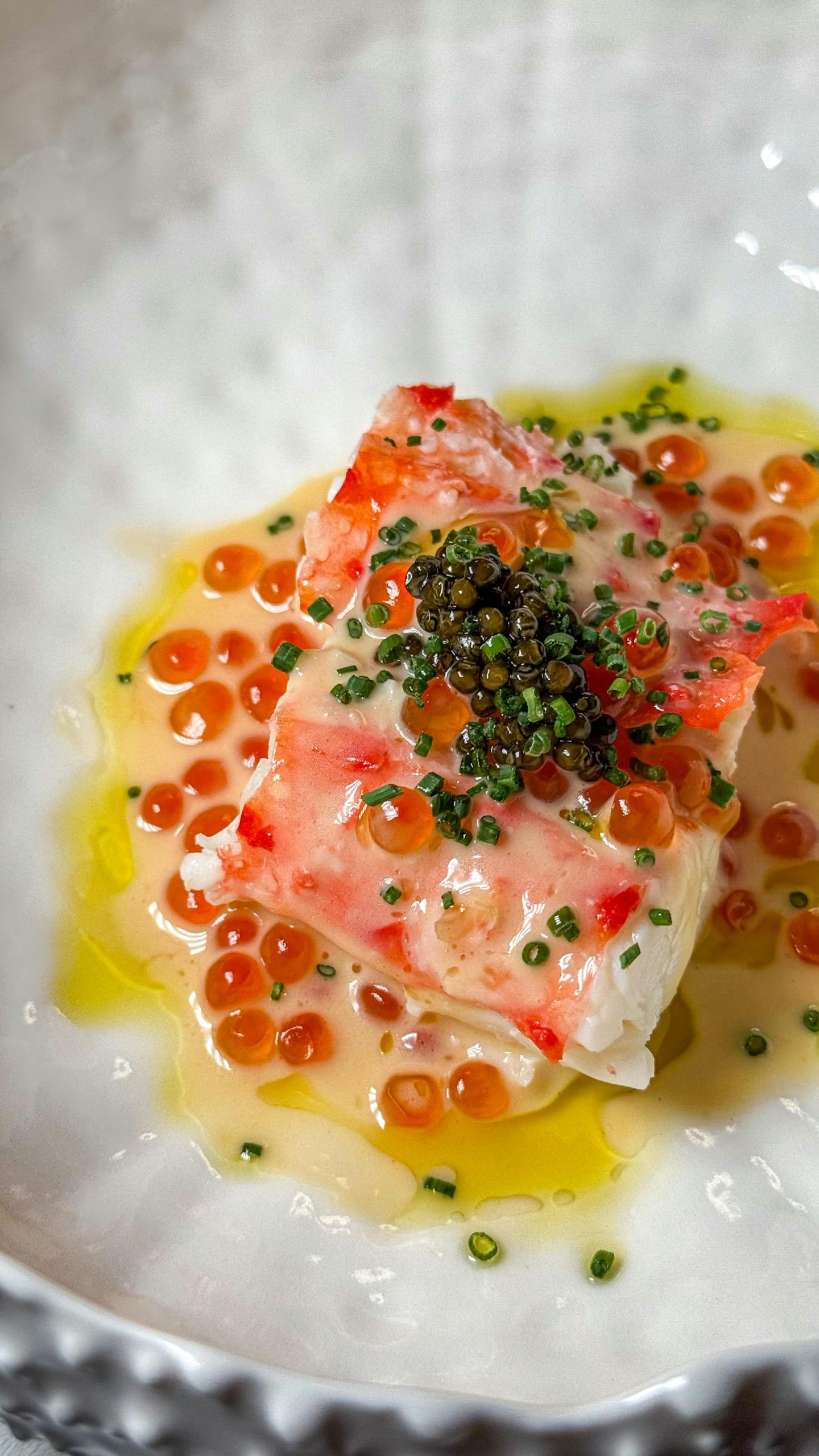The world of high-end, avant-garde dining pushes the boundaries of what we consider “food.” In these culinary laboratories, chefs act as artists and scientists. They transform ingredients into unrecognizable forms, textures, and concepts. Their goal is often to provoke thought and challenge perceptions rather than simply to provide a hearty meal. For the average diner, these menus can be baffling, presenting dishes that seem to lack what one might call “real food.” Here is a look at 13 types of dishes or concepts from the world of molecular gastronomy and conceptual dining that might leave you wondering where the food went.

1. Edible Foams and Airs
A staple of modernist cuisine, foams and “airs” are created by infusing a flavorful liquid with air using an emulsifier. You might be served a “Parmesan air” or a “beet foam.” While they deliver a burst of flavor, they are ethereal and contain almost no substance, leaving one to question the nature of eating air.
2. Gels, Spheres, and “Reverse Spherification”
This technique, popularized by Chef Ferran Adrià of elBulli, uses chemicals like sodium alginate to turn liquids into solid, jelly-like spheres. A “liquid olive” might look like a solid olive but burst in your mouth with olive juice. It’s a technical marvel, but it replaces the satisfying texture of the “real” ingredient with a surprising, momentary pop.
3. Edible “Soil” and “Sand”
Chefs create “soil” or “sand” by dehydrating ingredients like mushrooms, olives, or nuts and mixing them with other texturizers like maltodextrin. While it can add a savory, crunchy element, the visual trick of eating something that looks exactly like dirt from a garden can be disorienting for diners expecting traditional food.
4. Fully Deconstructed Dishes

Deconstruction takes a classic dish and breaks it down into its core components, arranged separately on the plate. A “deconstructed salad” might be a single lettuce leaf, a dollop of dressing, a cheese crisp, and a crouton. The diner is expected to reassemble the flavors mentally, a concept that many find intellectual but less satisfying than eating the “real,” combined dish.
5. Olfactory Dishes (Scent-Based)
Some avant-garde menus feature olfactory dishes where the primary experience is scent, not taste. A dish might be served with a tableside atomizer that releases a specific aroma (like “seashore” or “forest floor”) meant to be inhaled while eating a very simple food component. The “food” here is largely an aromatic illusion.
6. Sound-Paired Dishes
Some chefs, like Heston Blumenthal, have experimented with pairing food with sound. His “Sound of the Sea” dish comes with an iPod playing sounds of waves crashing. The idea is that the sound enhances the perception of the seafood’s flavor. The experience is about more than just the food on the plate; it’s a multi-sensory performance that challenges what a “meal” is.
7. Flavor-Changing Pills (Miracle Berry)
A truly wild experience involves the “miracle berry.” This fruit contains a protein that, when it coats your tongue, makes sour things taste intensely sweet. A restaurant might serve a platter of lemons, limes, and vinegars after you’ve eaten the berries, turning them into a “dessert.” The food itself isn’t gourmet, but the trick played on your taste buds is.
8. Transparent or “Glass” Foods
Using techniques to clarify stocks and process starches, chefs can create completely transparent foods. The most famous example is “glass” potato chips, made from a potato starch slurry that is cooked into a clear, crispy wafer. It has the crunch of a chip but looks like a shard of glass, completely divorcing the appearance from the expected food source.
9. Edible Utensils or “Plates”
In a move to be sustainable or conceptual, some menus feature dishes where the utensils or even the “plate” itself is edible. This might be a cracker shaped like a spoon to eat a dip, or a dish served on a large, hardened piece of dehydrated vegetable. This blurs the line between the food and the vessel it’s served on.
10. Smoke-Filled Cloches and Domes
For dramatic presentation, a dish might be brought to the table under a glass dome (a cloche) filled with aromatic smoke (like applewood or hickory). When the dome is lifted, the smoke billows out, infusing the dish with aroma. The smoke itself is a key component of the dish, but it is an intangible, fleeting one.
11. Powdered Fats and Oils
Modernist techniques enable chefs to transform high-fat liquids, such as olive oil or peanut butter, into a light, fluffy powder using a type of maltodextrin. This powder melts back into its fatty state in your mouth. It’s a surprising texture, but a spoonful of “peanut butter powder” is a far cry from the creamy, satisfying spread we know as “real food.”
12. Hyper-Realistic Illusion Desserts
These are desserts meticulously crafted to resemble non-food, often savory, objects. A skilled pastry chef might create a dessert that looks identical to a block of cheese, a tomato, or even a kitchen sponge. The technical skill is incredible, but the experience of eating something that so strongly fools the eye can be cognitively dissonant.
13. Purely Conceptual “Narrative” Dishes

Some tasting menus feature dishes that exist primarily to tell a story or convey an idea, with the actual sustenance being minimal. A dish might be called “Childhood Memory” and consist of a single, tiny piece of candy on an enormous plate, meant to evoke a feeling rather than satisfy hunger. Here, the “food” is a vehicle for a purely intellectual or emotional concept.
Redefining the Act of Eating
Gourmet menus that feature these highly conceptual and modernist dishes are pushing the boundaries of dining. They challenge our preconceived notions of what food should look and feel like. While these experiences can be fascinating, they often separate the diner from the comforting, familiar act of eating “real food.” They transform a meal from simple sustenance into an interactive art installation or a scientific experiment. For those seeking adventure, it’s a wild ride. For others, it’s a puzzle that leaves them hungry for a simple sandwich.
What is the most conceptual or “un-food-like” dish you’ve ever encountered at a restaurant? Do you enjoy this style of avant-garde dining, or do you prefer more traditional food? Share your thoughts!
Read More
13 Secret Menu Items and the Lore Behind Them
7 Menu Design Clues That Reveal a Restaurants True Character
The post 13 Gourmet Menus That Don’t Include Real Food appeared first on Grocery Coupon Guide.







